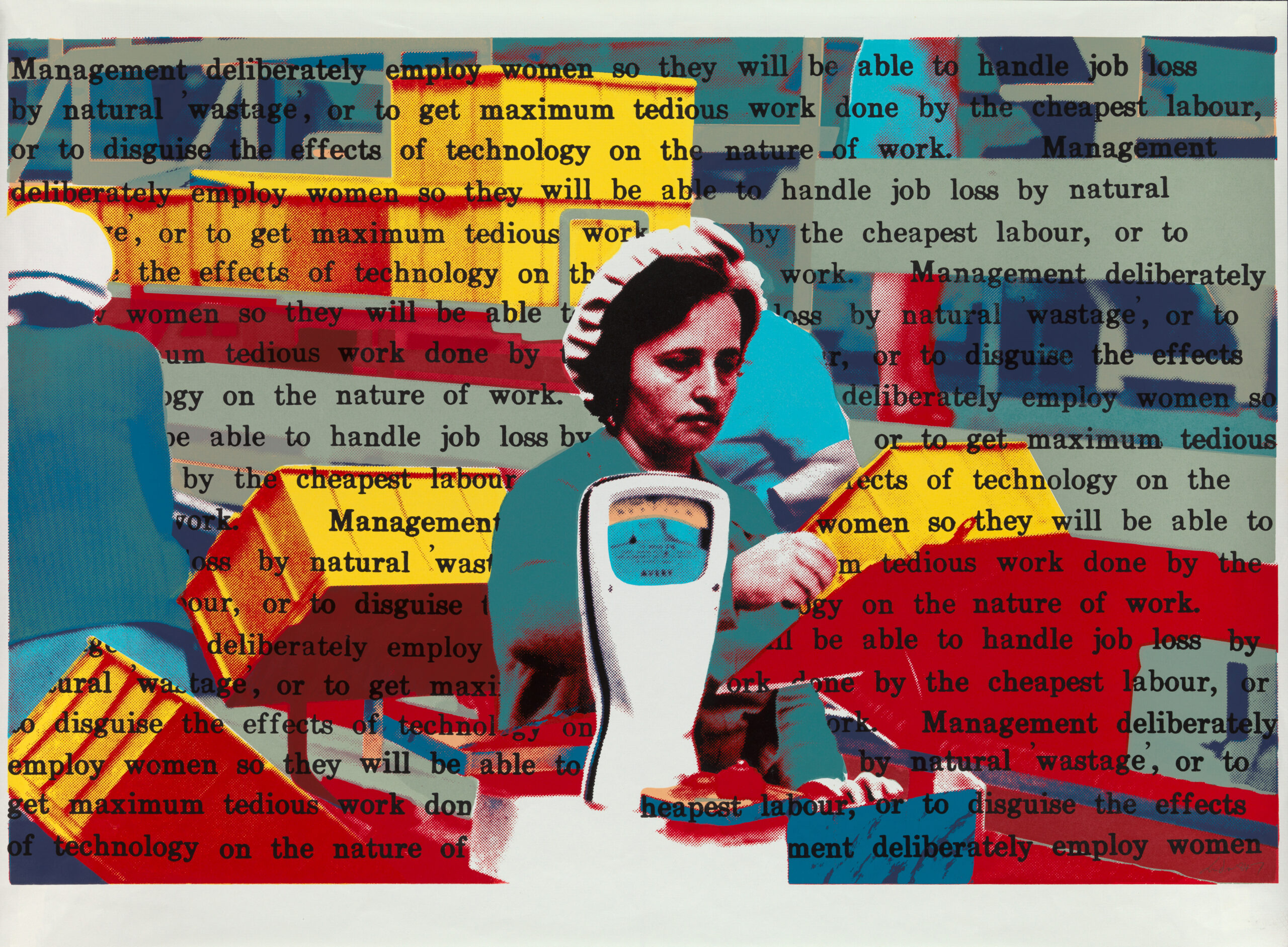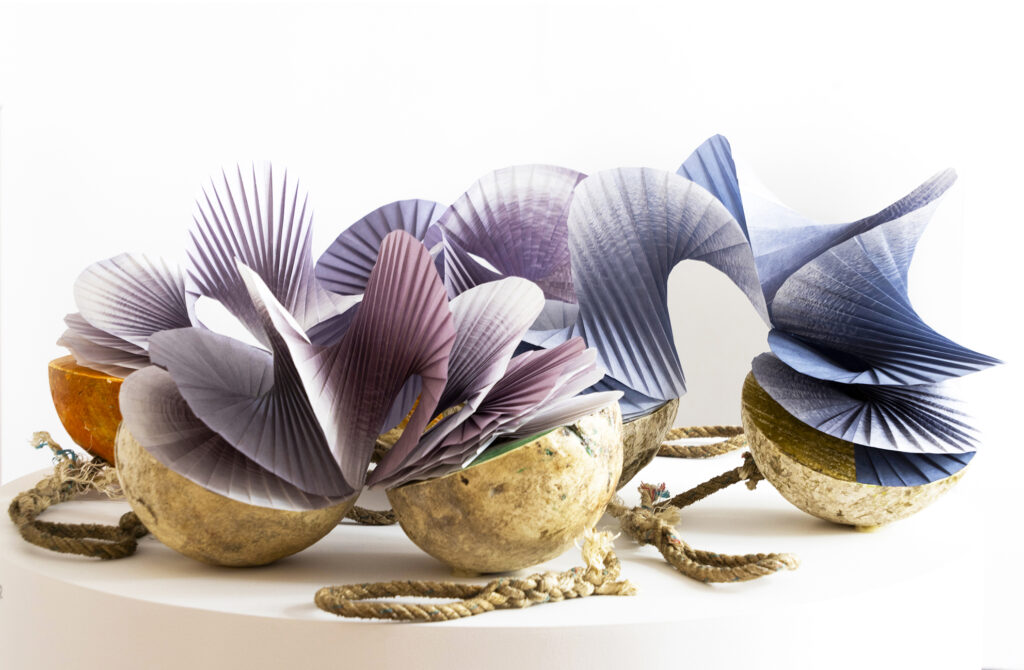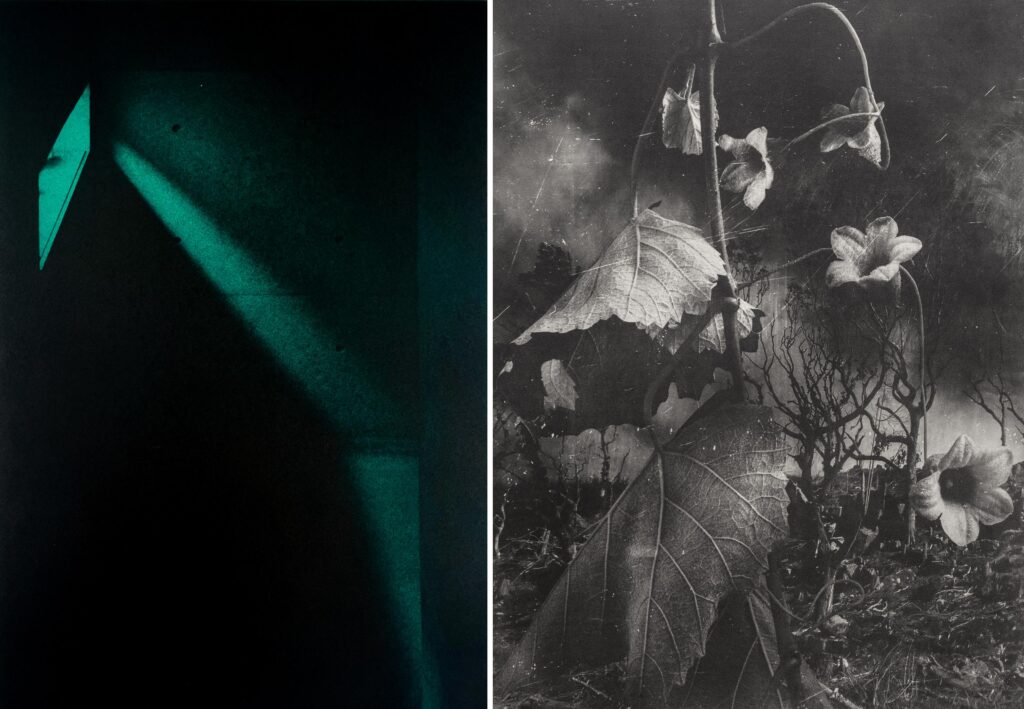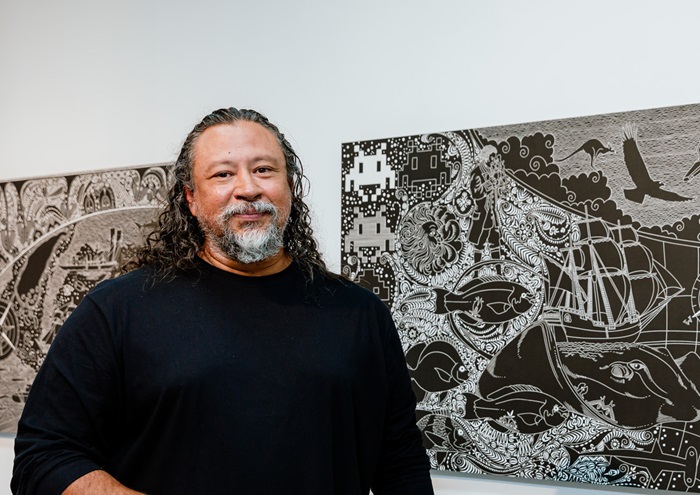Above:
Andrew Hill, Management deliberately employ women, 1984, screenprint, ink on paper, 49.8 x 74.5 cm (image), 56.0 x 76.0 cm (sheet), Collection of Flinders University Museum of Art
Below:
Mandy Martin, Australian Independence, 1974 screenprint, ink on paper, 55.9 x 76.0 cm, Collection of Flinders University Museum of Art 5053, © the Estate of the artist
Pamela Harris, Women (Lesbian mothers are everywhere) 1984, screenprint, ink on paper, edition 5/10, 48 x 60.9 cm (image), 57.4 x 76.4 cm (sheet), Gift of the Australian Experimental Art Foundation, Collection of Flinders University Museum of Art
Robert Boynes, Morals of money 1974, screenprint, ink on paper, edition 2/10, 56.4 x 50.3 cm (image), 76.7 x 64.2 cm (sheet). Gift of Daniel Brine, Collection of Flinders University Museum of Art
Ann Newmarch, We must risk unlearning, 1975, screenprint, ink on paper, edition 28/40, 71.2 x 55.5 cm (image), 81.4 x 66.0 cm (sheet). Collection of Flinders University Museum of Art
Installation view: If you don’t fight … you lose: Politics, Posters and PAM, 2024. Flinders University Museum of Art, Adelaide, photo: courtesy FUMA
All images © and courtesy of the artist/gallery
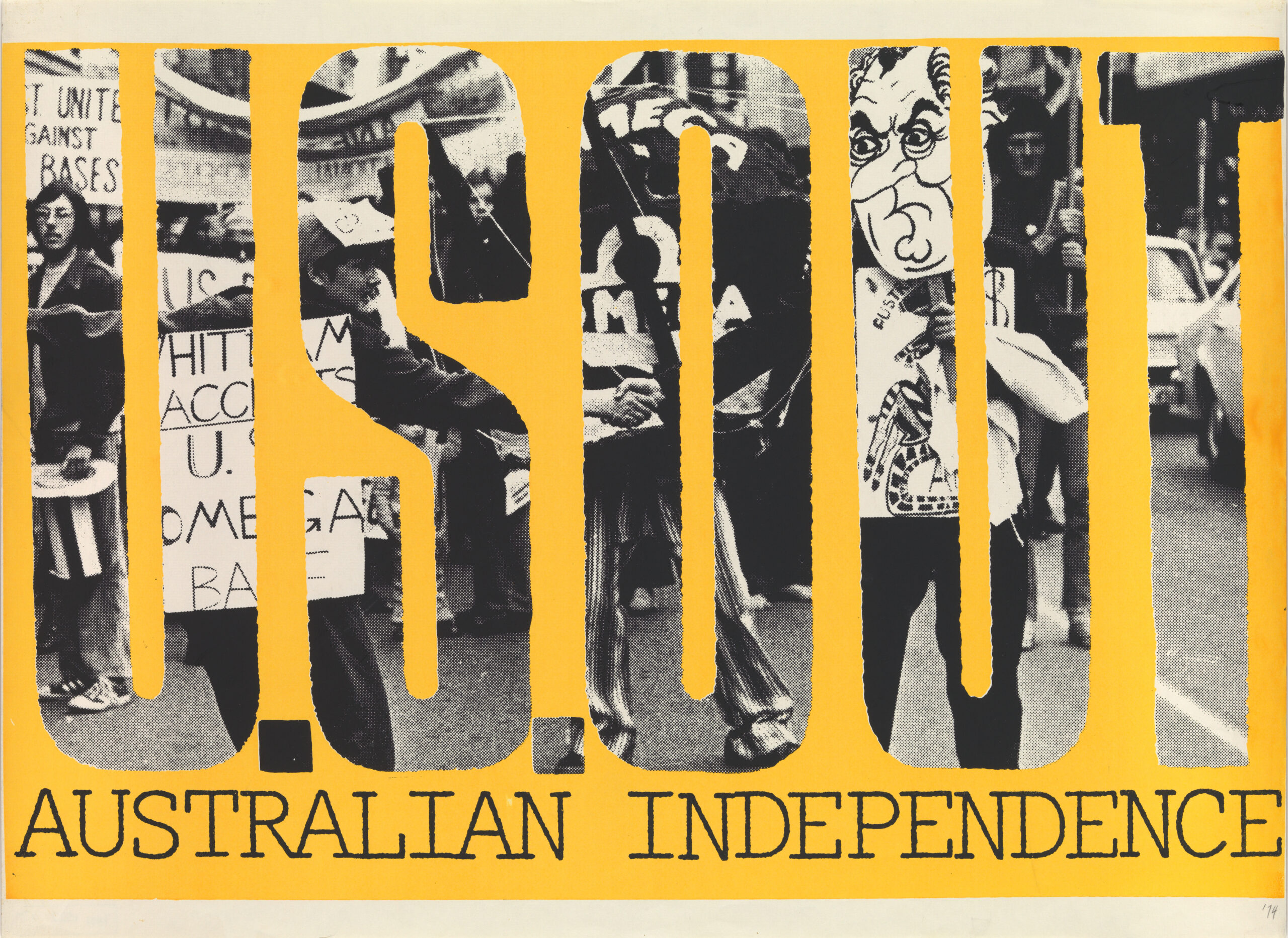
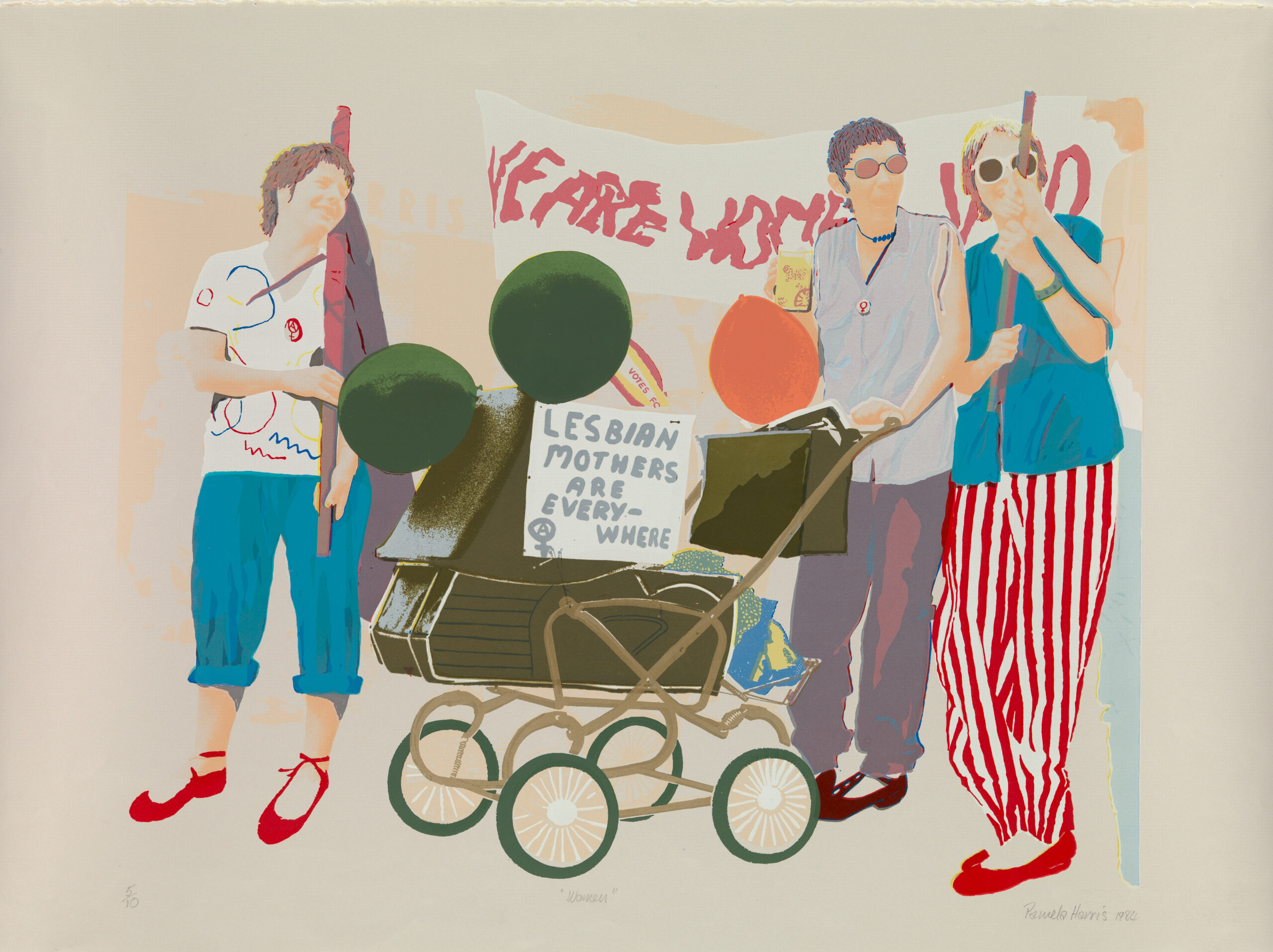
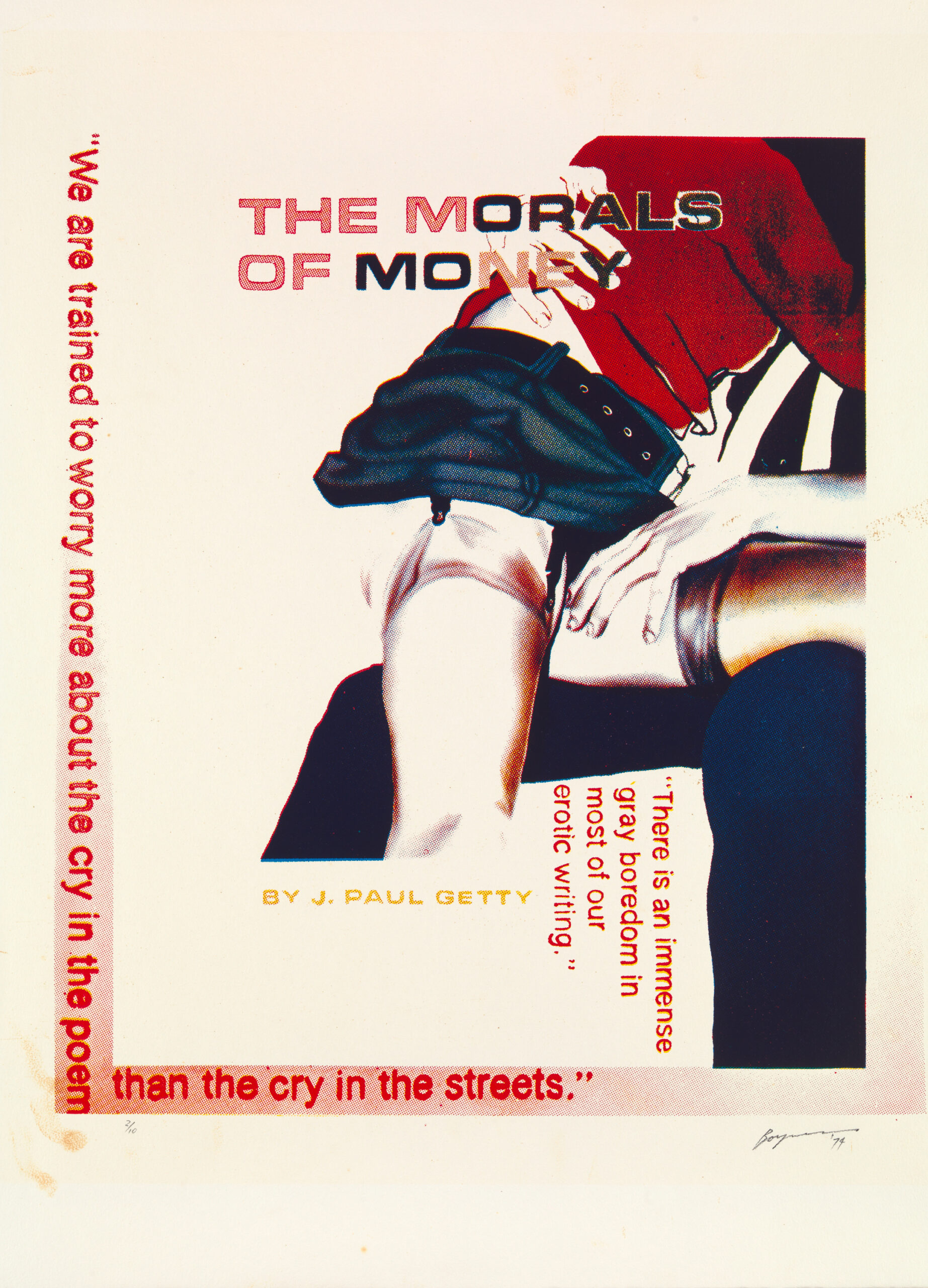
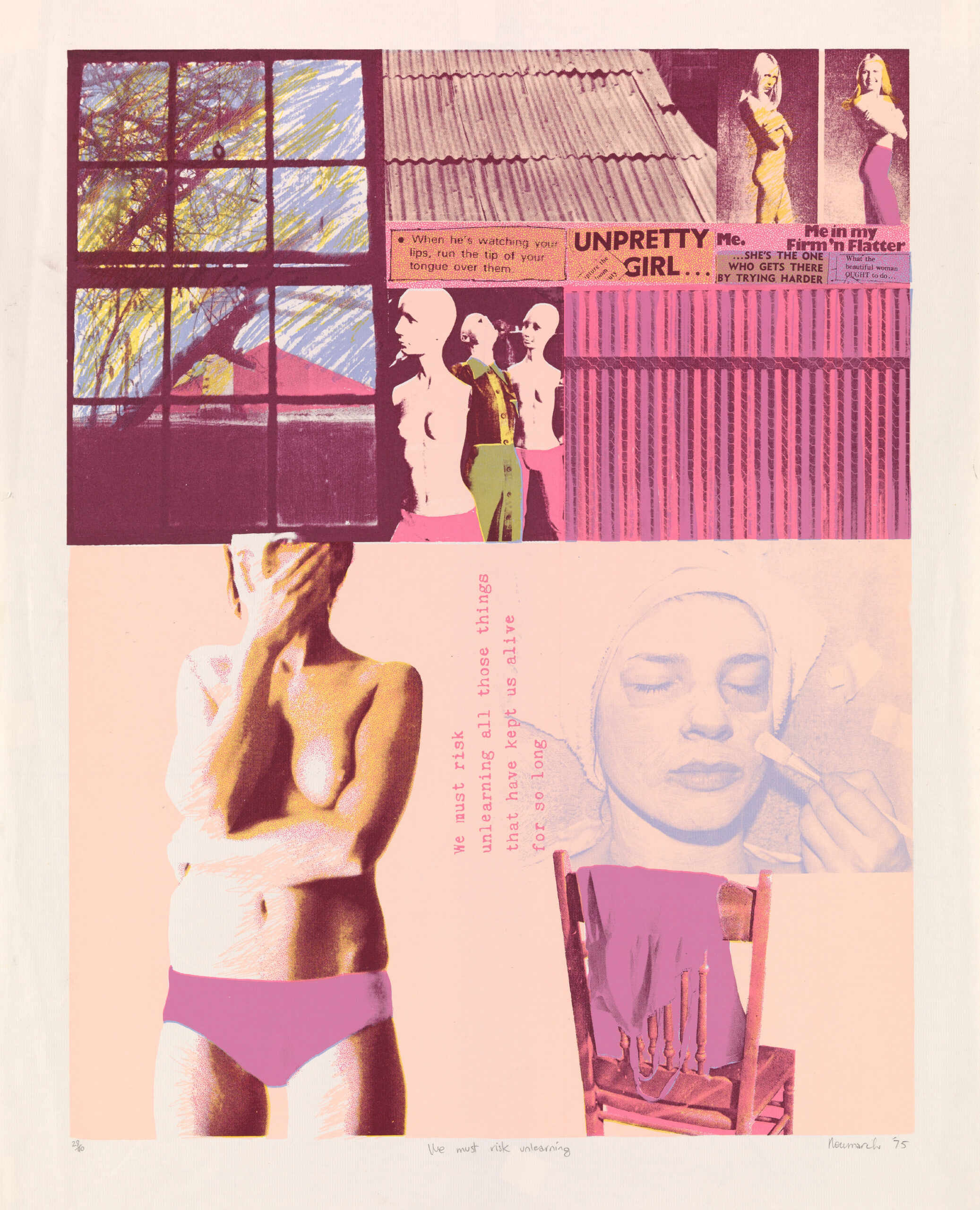
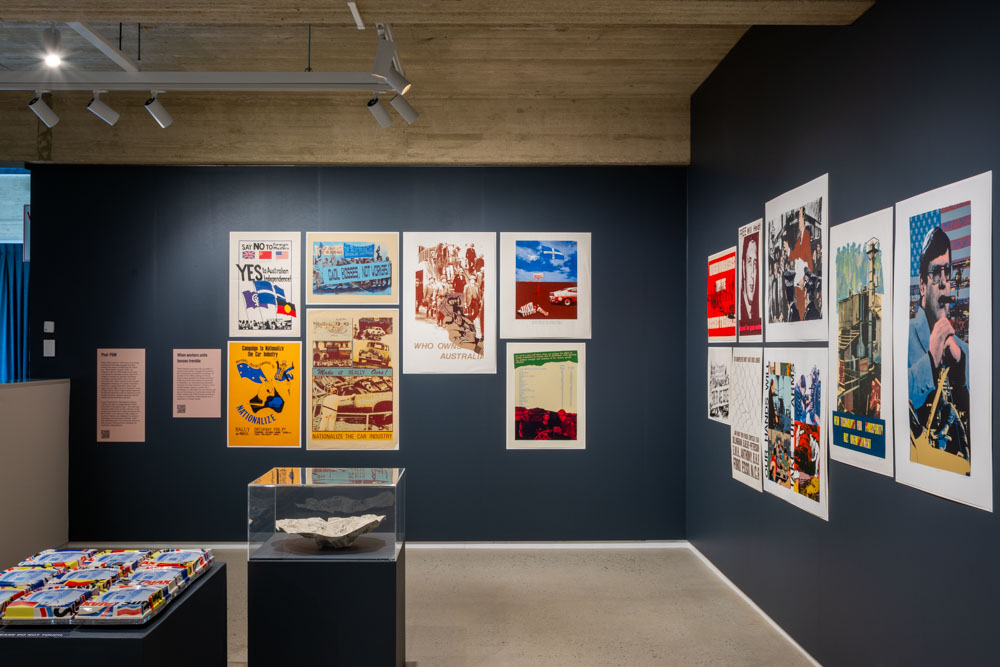
Q: What were some of the foundation ideas for this exhibition project?
A: Firstly, while writing a chapter on Adelaide art groups in the 1970s for The Adelaide Art Scene, Becoming Contemporary, 1939-2000, (ed. Margot Osborne) 2023, we discovered that little was known about Adelaide’s Progressive Art Movement (PAM) (1974-78) and its development of political posters. This was in contrast to the situation of poster groups elsewhere, such as Earthworks Poster Collective based in the Tin Sheds (Sydney University) whose history has been well-documented.
Secondly, the galvanising moment for us was in discovering that as well as producing posters, PAM was also politically active on other fronts, such as campaigning against ‘American Imperialism’ by staging demonstrations at the Art Gallery of South Australia (AGSA) and taking their poster-making skills onto the factory floor.
These initial discoveries opened our eyes to the possibility of a ‘bigger story’ to tell about PAM, and one that was significantly different to the existent chronicles of Australian poster groups.
Q: How did the artwork selection take place?
A: We began our search with FUMA’s impressive Australian poster collection which includes Mandy Martin (a founding member of PAM)’s important donation of posters. We supplemented the works we selected from FUMA with those from state and regional gallery collections, from private collections and artist archives. Artist studio visits were also important, particularly when it came to discovering new works.
Curatorially, we were alert to the themes that we saw emerging from this ever-growing collection of PAM posters and prints. These themes, guided by wording from selected posters, became the framework for the exhibition installation.
Q: How does the exhibition manifest – what do visitors experience?
A: One of the first things gallery visitors remarked on was the vibrancy and freshness of the works. They also commented – less favourably – on how many of the issues addressed by PAM posters remained relevant today! Many visitors were surprised at such a large body of work produced within a relatively short timespan.
The theme-driven installation was informative while at the same time not circumscribing meaning.
Q: What are some of the key works and what subject matter do they deal with?
A: Perhaps surprisingly (given the traditional left’s view on women’s rights as secondary to class issues), key works and subject matter highlighted feminist-related concerns. For example: the focus on mass-media’s objectification and exploitation of women in Ann Newmarch’s We must risk unlearning (1975) and Pam Harris’s Doll (1975); Mandy Martin’s representation of working women in poorly-paid jobs, You never had it so good (1976) and Adelaide Railway Station (1973) and Andrew Hill’s prints on the exploitation of migrant women in the service industry, for example We are immigrants( 1984).
However, posters for campaigns for Australian Independence for example Newmarch’s Sunrise (1975) and Nationalise the Car Industry (1975) and workers’ rights Gaol Bosses not Workers (Newmarch, 1975) and When Workers Unite (Martin, 1974-75), while serving a different purpose were equally compelling.
Q: What is it about the printmaking experience that you most appreciate?
A: The important characteristics of silkscreen printing for us, are the following:
Firstly, flat, vibrant colour; screenprinting can achieve full colour intensity.
The diversity of image-making that can be achieved with screen printing – from a simple, strong, two-colour poster to a complex, nuanced, photo-based print.
The contemporary nature of the medium with its links to Pop art, popular culture and mass-media as well as to the collage genre of avant-garde Modernism.
Finally, screenprinting was seen as a relatively simple process that could produce large runs cheaply (although, this may no longer be the case). Furthermore, with today’s awareness of health hazards, a well-ventilated studio with appropriate protective gear is required.
—
If you don’t fight…you lose: Politics, Posters and PAM is at Flinders University Museum of Art until 5 July.
Co-curators: Catherine Speck and Jude Adams.
Exhibition Catalogue: Catherine Speck, Jude Adams, Julie Ewington and Suzanne Close, If you don’t fight … you lose: Politics, Posters and PAM, Wakefield Press / Flinders University Museum of Art, Adelaide, 2024.
Artists: Ann Newmarch, Mandy Martin, Robert Boynes, Andrew Hill, Pamela Harris, Andrew Hill, Christine McCarthy, Jim Cane, Peter Mumford and Robin Best
—
Join the PCA and become a member. You’ll get the fine-art quarterly print magazine IMPRINT, free promotion of your exhibitions, discounts on art materials and a range of other exclusive benefits.

